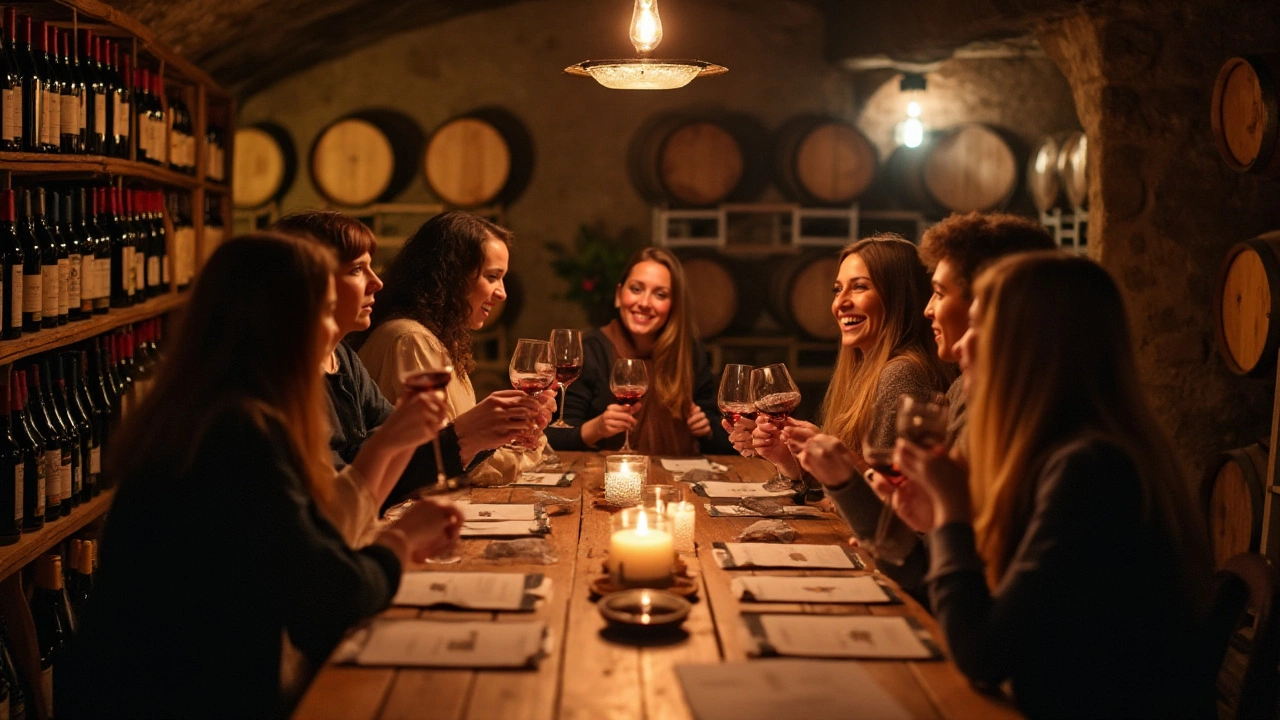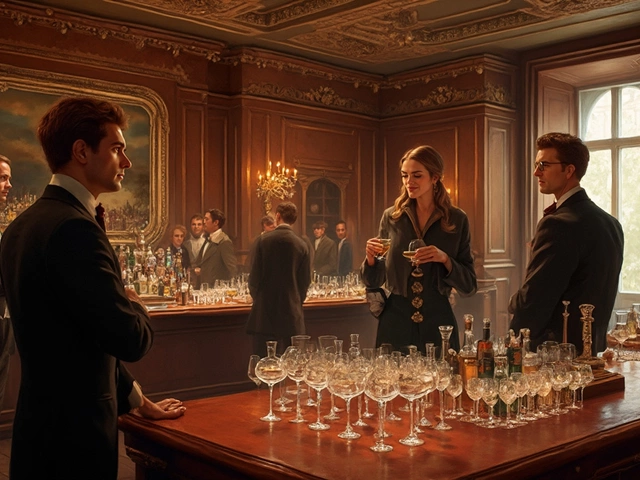Sensory Experience: Boost Your Taste, Smell, and Texture Skills
Ever wonder why a wine can feel like a vacation in a glass? It’s not just the alcohol – it’s the whole sensory package. Your mouth, nose, and even eyes work together to create the final impression. Understanding how each sense contributes can turn a casual sip into a memorable moment.
First, let’s talk about smell. The nose picks up volatile compounds that tell your brain if something is fruity, floral, or earthy. When you swirl a glass, you release more of those aromas, giving you a clearer picture of what’s inside. A quick sniff before you taste can change how you perceive sweetness or acidity.
Next up is taste. The tongue has taste buds for sweet, sour, salty, bitter, and umami. Most drinks focus on sweet and bitter, but a good wine will also have a subtle acidity that balances everything. When you taste, let the liquid sit a moment on different parts of your tongue – you’ll notice flavors shifting as each region picks up a different note.
Texture, or mouthfeel, is the third pillar. Is the drink silky, rough, oily, or effervescent? A wine with high tannins feels dry, while a well‑aged whiskey feels smooth and warm. Paying attention to texture helps you decide if a drink matches a particular food.
How to Train Your Palate
Start with simple foods you know well – an apple, a piece of dark chocolate, a slice of cheese. Smell the item first, then taste it slowly. Try to name at least three flavors each time. Doing this daily builds a mental library you can pull from when you taste wine or spirits.
When you try a new wine, use a three‑step approach: look, smell, taste. Look for color and clarity; note if it’s pale, deep, or cloudy. Smell the wine, then take a small sip and let it coat your mouth. Ask yourself: does it feel light or heavy? Is the finish short or lingering?
Keep a notebook. Jot down the wine’s name, the aromas you caught, the flavors that stood out, and the texture you felt. Over time you’ll see patterns – maybe you love wines with citrus notes and a crisp finish. That insight guides future choices.
Everyday Sensory Hacks for Drinks
Want to make a mocktail taste like a cocktail? Add a dash of bitters or a splash of vinegar. Both boost aroma and add complexity without extra alcohol. A squeeze of fresh lemon or lime also awakens the nose, making the drink feel brighter.
Before a whisky tasting, eat something bland like crackers or bread. That cleanses the palate without adding competing flavors. After the tasting, try a piece of dark chocolate – the bittersweet notes highlight the whisky’s spice and smoke.
If you’re pairing cheese with wine, match texture as well as flavor. Soft cheeses go well with light, crisp wines, while hard, aged cheeses pair better with full‑bodied reds. The contrast in mouthfeel makes each bite and sip more exciting.
Finally, remember that environment matters. A noisy bar can dull subtle aromas, while a quiet room lets your nose do its job. If you can, taste in a calm space and give yourself a few minutes to focus on each sense.
By paying attention to smell, taste, and texture, you’ll get more enjoyment out of every glass. Try one of these tips next time you pour a drink – you might be surprised at how much richer the experience becomes.
Wine tasting is an immersive experience that goes beyond simply sipping on a variety of wines. It involves a journey through the senses, a chance to engage with the nuances of each wine's flavor, aroma, and texture. Wine tastings offer an opportunity to learn not only about different wine types but also about the regions and processes from which they originate. Whether you're a seasoned oenophile or a curious novice, understanding what happens at a wine tasting can enrich your experience and deepen your appreciation for the art of winemaking.
View Details

